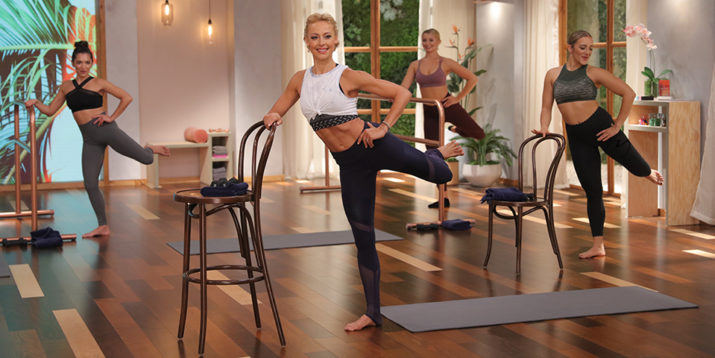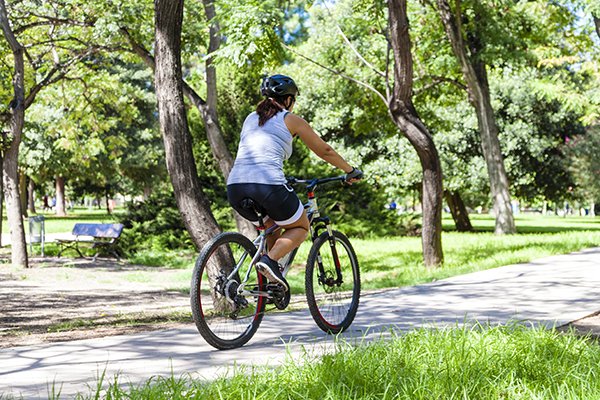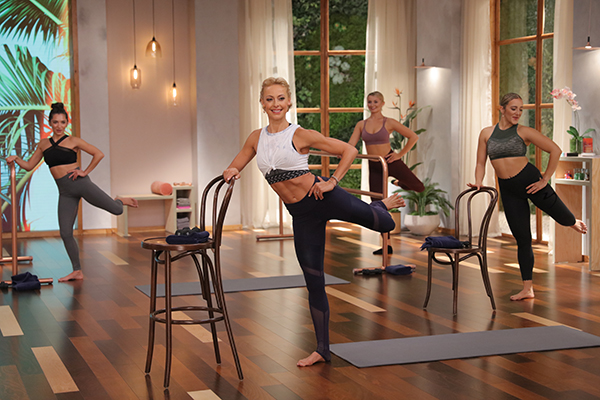Can Low-Impact Cardio Help With Weight Loss?

When it comes to cardio, high-intensity exercises — like plyometrics, boxing, and HIIT — tend to get the most buzz. And yes, they can offer a killer workout.
But there are plenty of reasons to incorporate low-impact cardio into your fitness routine, too.
For starters, low impact cardio is suitable for people of all sizes and fitness levels, which makes it a great starting point for beginners.
“Those who have the most weight to lose can begin an exercise program with low-impact cardio without worry about injury or burnout,” says Amanda Lim, an ACE-certified personal trainer.
Low-impact cardio can also be a smart choice on recovery days, or if you’re looking to stay active while pregnant or take it easy while coming back from an injury.

What Is Low Impact Cardio?
Low impact cardio is any form of cardio exercise where at least one foot stays in contact with the ground or equipment at all times.
This lightens the impact (read: stress) on your joints.
Cycling, walking, rowing, and elliptical sessions are a few obvious examples of low-impact cardio.
Certain yoga and barre workouts also qualify as low-impact cardio, as long as the workout is intense enough to raise your heart rate and breathing, as well as challenge your cardiovascular system.

Is Low Impact Cardio Good for Weight Loss?
Yes! Low-impact cardio may not seems as impressive as a set of burpees, box jumps, or hill sprints — but it can still be an effective option for fat loss.
Minute for minute, low-impact cardio may not burn as many calories as you would during a HIIT workout.
But low-impact workouts don’t put as much stress on your joints, which means they can be done more frequently.
You can also do low impact cardio for longer periods of time — “meaning that people can maintain higher overall activity levels and less sedentary time than they could with a shorter but more intense workout,” Lim says.
How Often Should You Do Low Impact Cardio?
You can probably do low impact cardio in some form or another every day — that’s one of the beautiful things about it!
The CDC recommends that adults get at least 150 minutes per week of moderate-intensity cardio exercise. Depending on your fitness goals, you may need to increase your time or intensity.
How can you gauge the intensity of your low impact cardio workout? Pay attention to your breath.
During moderate-intensity exercise, you’re likely to be able to talk during your workout, but you’d struggle to sing your favorite song.
If you can’t say more than a few words without pausing to catch a breath, you’ve moved into vigorous-intensity territory.

What Is the Best Low-Impact Cardio Workout?
Low-impact cardio can help you maintain and improve overall health, and each workout has its own unique benefits.
Here are a few of the best low-impact workouts:
- Walking is effective for overall heart health and mobility
- Barre Blend is a fun but challenging workout that fuses ballet barre, Pilates, and cardio interval training
- Swimming is a low-impact workout that builds strength and endurance
- Rowing is a full-body workout that can improve posture by strengthening back and core muscles
- Cycling builds balance and strengthens the muscles that support your knee joints
- The Ski Erg improves range of motion in the hips and shoulders and builds pull strength
